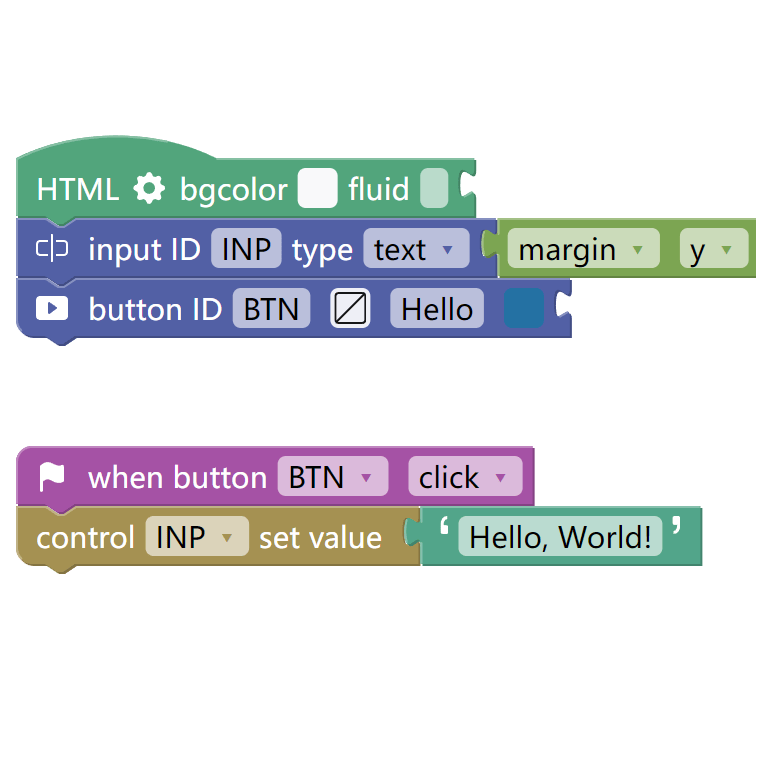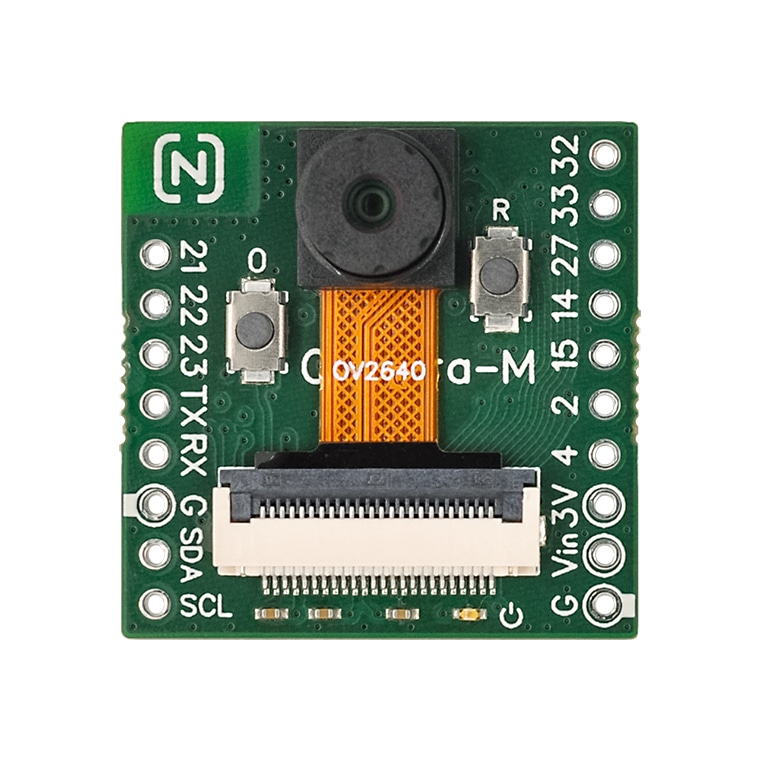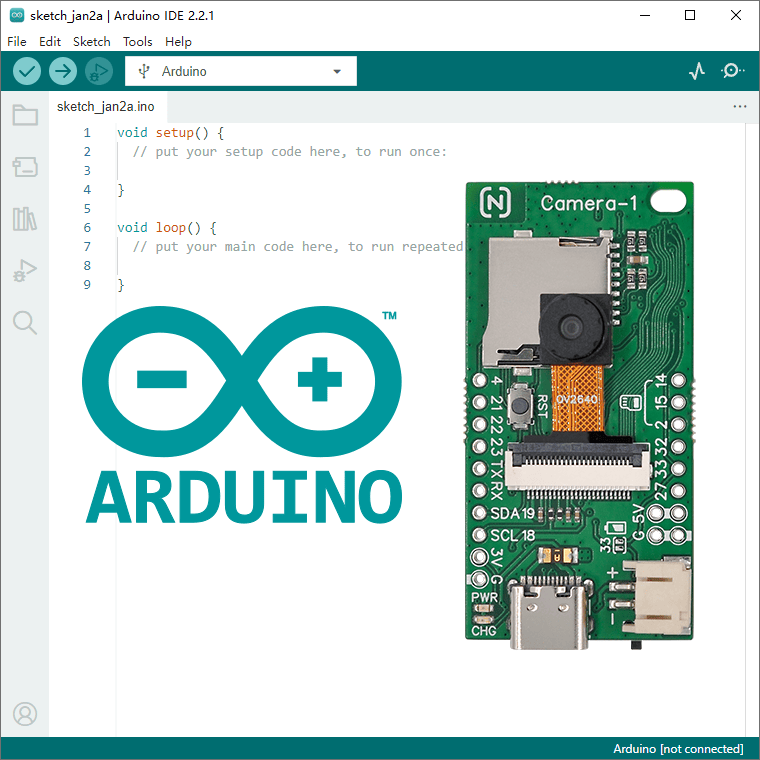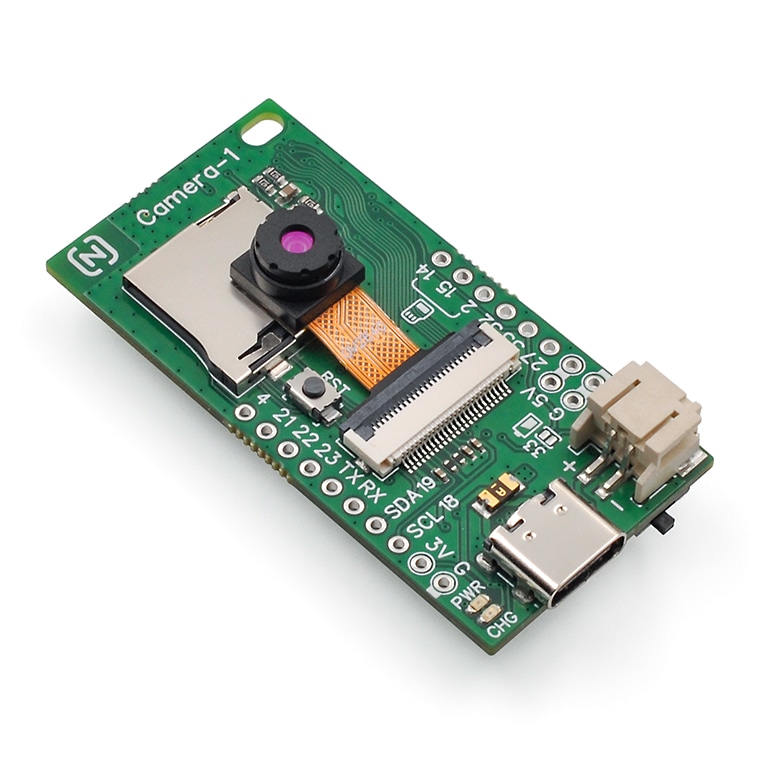
Node-App: Create Web Apps with Blocks
Drag-and-drop block programming (like Scratch) is commonly used for beginners and typically doesn’t produce directly executable applications. Some extended platforms allow building code for Arduino or MicroPython, enabling the generated programs to run on hardware. Node-App is different, it generates web applications that run directly in the browser. Here’s an…



